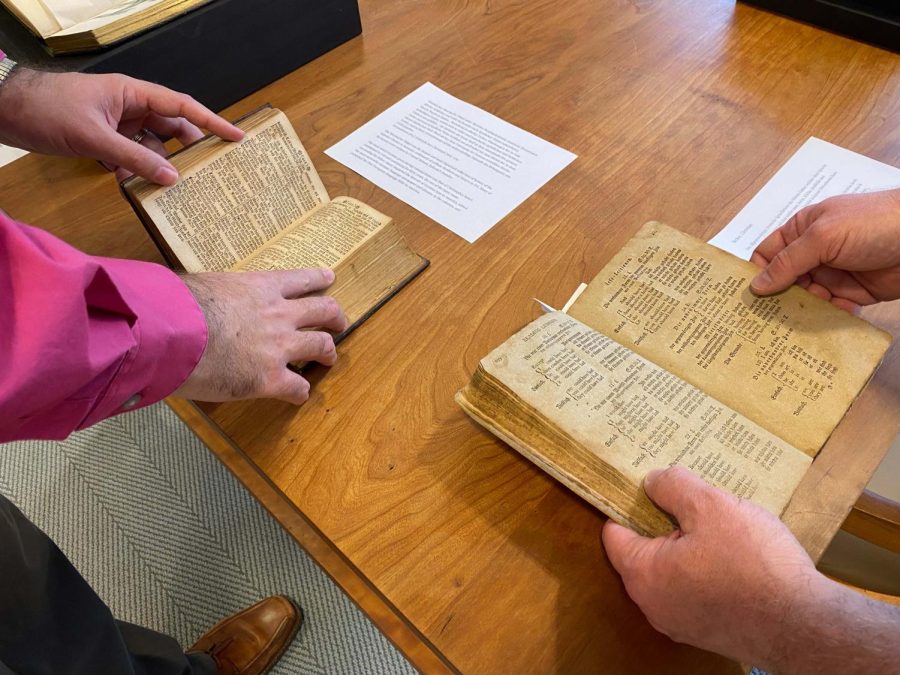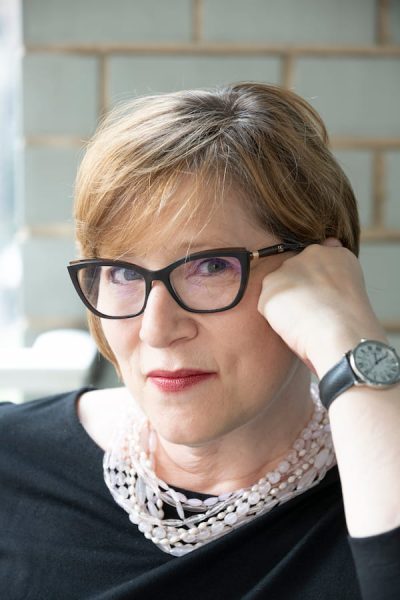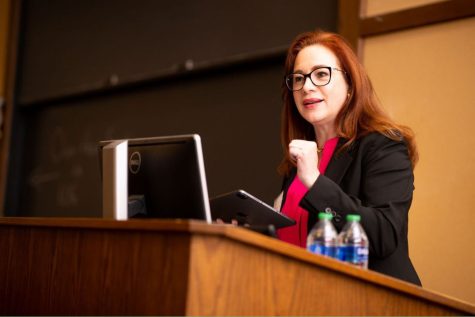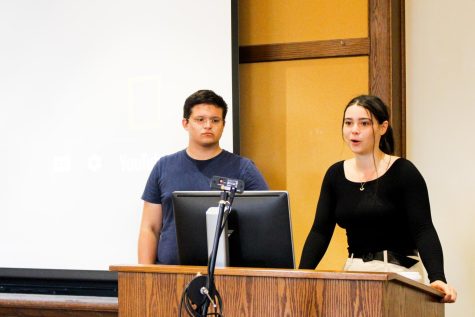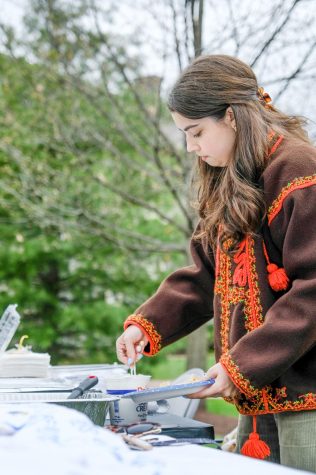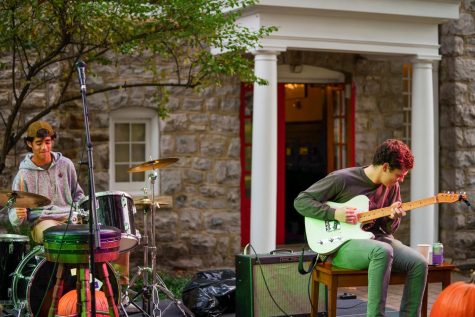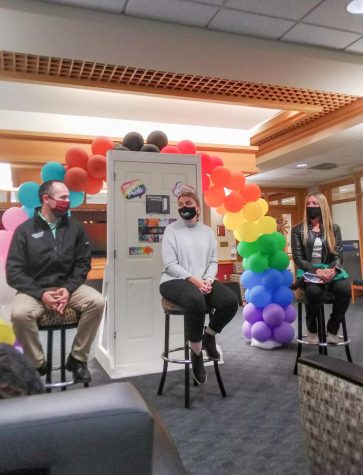Special Collections acquires new artifacts
Additions to the collection include a number of antique books and magazines. (Photo by Emma Alessi ’25 for The Lafayette)
April 8, 2022
Items in Skillman Library’s Special Collections range from a rare prayer book to Confucian texts written by an ancient emperor. A number of the newest additions to these artifacts added over the past year were highlighted on Wednesday.
Often overlooked due to digitizing, the wide array of artifacts in Special Collections traditionally grows out of professsors’ requests to further their research at the college. This, in turn, allows students to see the artifacts firsthand too.
Thomas Lannon, director of special collections and college archives, said that the uniqueness of physical artifacts adds to the furtherment of “authenticity” in truly understanding historical progression.
One such addition, a cookbook titled “American Cookery” first published in 1796, and the later 1815 edition now reside at the college. The book, written by Amelia Simmons, contains the first printed recipe combining turkey and cranberries, which has become a Thanksgiving staple in many American households, and one of the first published recipes for pumpkin pie. This artifact shows the progression of dietary trends and readily available resources and allows readers to understand the origin of “truly American” food.
Lannon wrote in an email that the cookbook, the first of its kind from the United States, “acknowledged its British heritage” and taught “a new kind of cuisine and a new kind of citizen to cook.”
Another new addition to the Special Archives is a first edition of Emma Embury’s book, “American Wild Flowers in their Native Haunts.” Lannon wrote that the piece is “a botanical collection authored by a pioneer of women’s activist literature should not be taken at face value.”
“Praised in its own time for its vivid plates, and accompanied by scientific designations and descriptions of habitats, American Wild Flowers in actuality treats plantlife as a metaphor for women’s experiences,” Lannon wrote.
Many women created illustrations and diagrams for books and academic texts, but they did not have their art attributed to them; the male author’s name would be the only contribution present. In Special Collections, the female authors are now featured, along with 20 hand-colored lithographs–a type of printmaking using a flat stone or metal plate–of vibrant wildflowers with the female artists attributed have been added to the collection. This addition to the archive is a historical step taken for female authors and illustrators to be appropriately attributed to their contributions.
“Fuck You,” a literacy magazine founded in 1962 by poet Ed Sanders, was also added to the collection. The magazine represents counterculture and included a dedication that remarks on pacifism, national defense through nonviolent resistance and anarchism.
This dedication is just a small example of Sanders having the ability to simply express his vision as “I’ll publish anything,” according to Lannon. The magazine was produced with a mimeograph on multi-colored construction paper, which was another way Sanders made the magazine non-traditional. These editions are filled with other contributing authors alongside Sanders with provocative titles extending from “Fuck is God,” “To An Arrogant Fart,” “Another Bouquet of Fuckyous” and “Life is Therapy.”
Students can view the collection by requesting access from Lannon or Elaine Stromber.



































































































